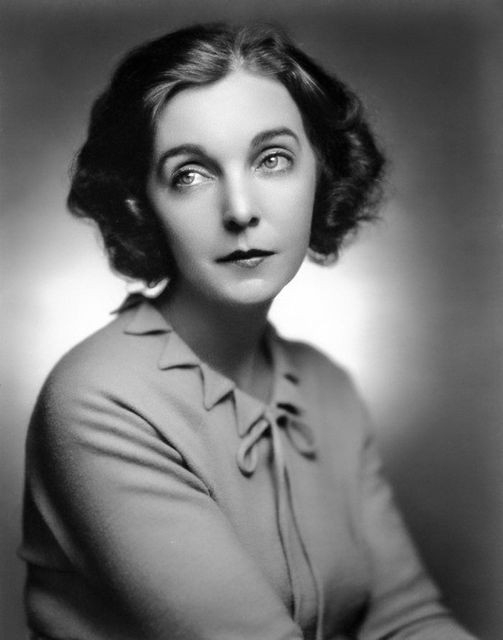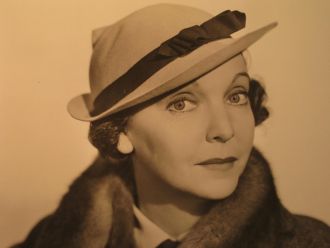A little bigger portrait of Zasu Pitts.
People talk about talent still.
Date & Place:
Not specified or unknown.


 Amanda S. Stevenson
Amanda S. Stevenson 

